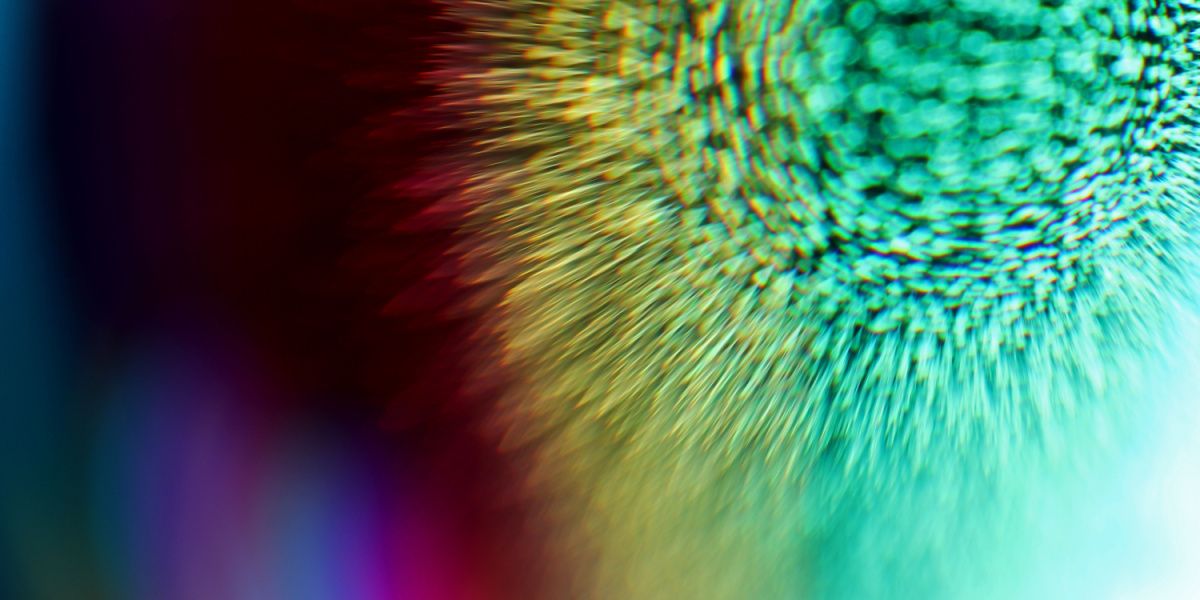MDMA, also known as ecstasy or molly, is a synthetic drug that has both stimulant and hallucinogenic properties. This drug is often described as a ‘club drug’ because of its widespread use among people who attend parties, concerts, and raves.
- An ecstasy tablet, molly, and MDMA all produce euphoric feelings of happiness, well-being, and friendliness towards others. They also heighten the senses, increasing the user's reception to sight, sound, touch, and smell
- As with all polydrug use, combining MDMA, ecstasy, or molly with another substance increases the risk of overdose as well as additional health complications
- Ongoing research suggests there is no strong evidence to indicate that MDMA is addictive, despite its potential for abuse. When testing the effects of MDMA on animals, researchers have found that they will self-administer, which is often an indicator of addiction
.jpg?v=1722501088)
What is MDMA?
MDMA is a synthetic drug that creates a powerful high, altering a person’s mood, perception, and senses. Because of its powerful effects and ability to alter both mood and perception, people often take MDMA to enhance their experience of parties, concerts, or sexual encounters with others.[4]
MDMA is a stimulant but it also has hallucinogenic properties. MDMA can be given to people in its pure form (MDMA or Molly) or can be combined with other substances to create ‘ecstasy’ or ‘rolls’ that may have different effects depending on the ingredients. MDMA in all of its forms is a Schedule 1 Controlled Substance, meaning it is illegal to possess or use, and carries a high risk for abuse. [3]
MDMA, ecstasy, molly, or rolls are usually sold in powder or pill form. When pure MDMA is combined with other drugs to produce ecstasy or rolls, some of the common substance combinations include:
While these cut substances can increase the euphoria felt from taking the drugs molly, ecstasy, and MDMA, they also greatly increase the risk of overdose. Also, because there is no way for the average user to test their drugs, there is always a risk of contamination with a toxic or poisonous substance.[4]
Related: Molly vs Ecstasy: What's the difference?
MDMA, ecstasy, and molly street names
Common street and slang names for MDMA include:
- X
- E
- XTC
- Rolls
- Hug
- Hug Drug
- Love Drug
- Lover’s Speed
- Beans
- Adam
- Clarity
- Moon Rocks
- Happy Pill
- Dancing Shoes
- Scooby Snacks
- Candy
Effects of MDMA abuse
An ecstasy tablet, molly, and MDMA all produce euphoric feelings of happiness, well-being, and friendliness toward others. They also heighten the senses, increasing the user's reception to sight, sound, touch, and smell. This often makes them the drug of choice at clubs and raves, as the user has a heightened sensation of the world around them and feels a connection to other clubgoers.
The common effects of ecstasy are:
- Euphoria
- Heightened senses
- Relaxation
- Long-lasting energy
- Empathy for others
- Lowered inhibitions
- Increased energy
- increased sexual arousal
As with most abused drugs, MDMA and ecstasy interfere with the brain's pleasure receptors, increasing the levels of the biochemical dopamine and serotonin which produces the euphoric high. The MDMA high usually begins within 45 minutes of taking the drug and can last anywhere between 3 and 8 hours; depending on the user's weight, gender, dose, and method of administration. The comedown, or ‘crash’, from MDMA and ecstasy abuse can last for several days and normally includes feeling tired, depressed, or irritable.
Read here to learn more about how long MDMA stays in your system.
Adverse effects of MDMA
Ecstasy and MDMA abuse can also cause a number of acute adverse health effects. For example, while overdoses on MDMA are rare, they can potentially be life threatening-with symptoms including:[1][5]
- High blood pressure (hypertension) and racing heart
- Hyperthermia (overheating of the body which can lead to organ failure) and dehydration
- Confusion, faintness, and seizures (rare but potentially life-threatening)
- Erectile dysfunction
- Decreased appetite
- Mood instability, depressed mood, or suicidal thoughts (especially during the crash or come down from the drug)
- Physical dependence developed through continuous use
- Accidental overdose of the drug (especially when it’s taken in combination with other substances, or when a person takes too much before the full effects have begun)
- Serotonin syndrome
Ecstasy and other drugs
MDMA’s notoriety as a party drug has meant that it is commonly abused with other substances such as marijuana and alcohol. As with all polydrug use, combining the drug molly, MDMA, or ecstasy with another substance increases the risk of overdose as well as additional health complications.
This is especially true if MDMA is combined with other stimulants, such as cocaine. When taken together, these substances increase the user's rush but also put them at risk of heart attack or stroke. Taking MDMA in combination with a sedative drug (like alcohol, benzodiazepines, or opioids) can also be harmful, and increases the likelihood of adverse effects or overdose.
Does MDMA have value in therapy?
MDMA was first used in the 1970s as an aid in psychotherapy (mental disorder treatment using "talk therapy"). The drug did not have the support of clinical trials (studies using humans) or approval from the U.S. Food and Drug Administration (FDA). In 1985, The U.S. Drug Enforcement Administration (DEA) labeled MDMA as an illegal drug with no recognized medicinal use.
However, some researchers remain interested in its value in MDMA-assisted psychotherapy when given to patients under carefully controlled conditions. MDMA is currently in clinical trials as a possible treatment aid for post-traumatic stress disorder (PTSD); for anxiety in terminally ill patients; and for social anxiety in autistic adults.
Recently, the FDA gave MDMA-assisted psychotherapy for PTSD a Breakthrough Therapy designation. More information on MDMA research can be found by contacting sponsors of various MDMA studies listed on clinicaltrials.gov. [2][3][4]
MDMA, ecstasy, and molly addiction
Ongoing research suggests there is no strong evidence to indicate that MDMA is addictive, despite its potential for abuse. When testing the effects of MDMA on animals, researchers have found that they will self-administer, which is often an indicator of addiction. Though, the animals tested showed a much lower frequency of self-administering as compared to other stimulants, such as cocaine.[2]
Substance addiction is measured with 11 criteria of negative behavior, as outlined in the DSM-5. While it’s possible to become addicted to MDMA, this drug is more commonly used recreationally, often as a part of a larger pattern of drug abuse. Its high cost, long-lasting effects, and arduous comedown all make it difficult to abuse on a regular basis, which is why most people do not develop an addiction to it.
Treating an MDMA or ecstasy addiction
While MDMA addiction is uncommon, it can sometimes be a part of a larger pattern of problematic substance use. All addictions are treatable conditions. Talking to a licensed mental health, medical, or stimulant addiction treatment specialist is the best way to determine what treatment is best for you.




-guide-detail.jpg?v=1722502291)
